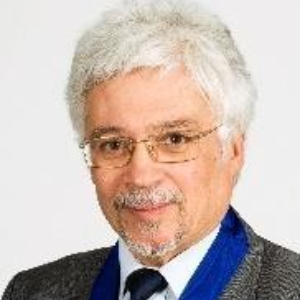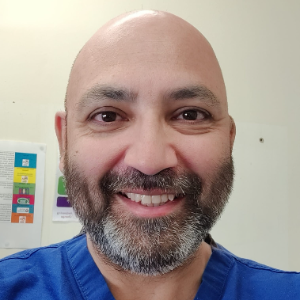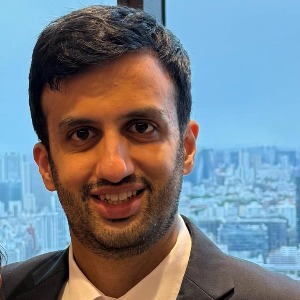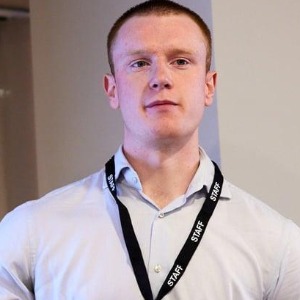Oblique Popliteal Ligament
The Oblique Popliteal Ligament is located in the posterior aspect of the knee joint. It is an extension of the semimembranosus tendon, one of the muscles of the hamstring group. The ligament forms a reinforced band that runs obliquely across the back of the knee, connecting the femur to the tibia.Functionally, the oblique popliteal ligament plays a significant role in providing stability to the knee joint, particularly during movements such as extension and flexion. It acts as a reinforcement for the posterior capsule of the knee and contributes to the overall integrity of the joint's complex network of ligaments. In addition to its stabilizing function, the oblique popliteal ligament helps prevent hyperextension of the knee by limiting the movement of the tibia in relation to the femur. This ligament is part of the intricate system of ligaments that collectively supports the knee's structural integrity and ensures its proper functioning. Injuries or strains to the oblique popliteal ligament can occur during trauma or excessive force applied to the knee, potentially leading to instability or discomfort. Understanding the role of this ligament is crucial for healthcare professionals, particularly orthopedic surgeons and physiotherapists, when evaluating and managing knee injuries or conditions involving the posterior aspect of the knee joint.

Stephen S Tower
University of Alaska Anchorage, United States
Marcos Brioschi
American Academy of Thermology, United States
Wagih El Masri
Keele University, United Kingdom
Arif Akkok
Lake Erie College of Osteopathic Medicine, United States
Akash Ganguly
Warrington and Halton Hospitals NHS FT, United Kingdom
Sajid Ali
The Dudley Group NHS Foundation Trust, United Kingdom




Title : The UK profemur recall and implant cobaltism
Stephen S Tower, University of Alaska Anchorage, United States
Title : The tomographic phenotype and the genotype of wormain bones
Ali Al Kaissi, National Ilizarov Medical Research Center for Traumatology and Orthopaedics, Russian Federation
Title : New treatment of muscle contracture and joint contracture through muscle regeneration with mitochondrial dynamics
Ki Ji Lee, Busan Medical University, Korea, Republic of
Title : New treatment of sarcopenia through muscle regeneration with mitochondrial dynamics
Ki Ji Lee, Busan Medical University, Korea, Republic of
Title : The prevalence and association of self-reported depression symptoms with musculoskeletal pain and quality of life among pregnant women
Youssef Masharawi, Tel Aviv University, Israel
Title : Bipolar hemiarthroplasty under local anesthesia (2%)
Ketan Karabhai Parmar, Aayush Multispecialty Hospital, India